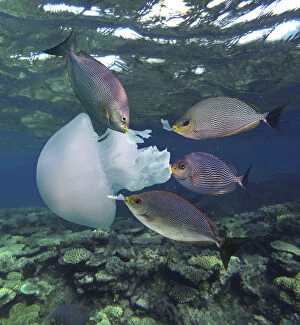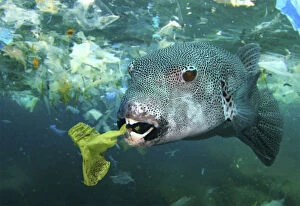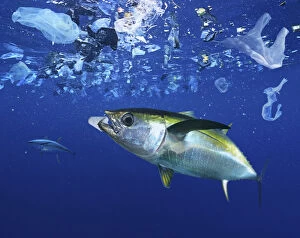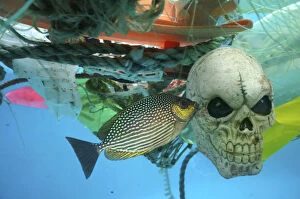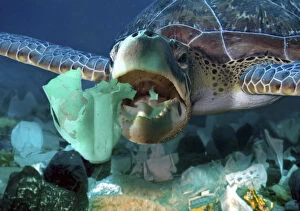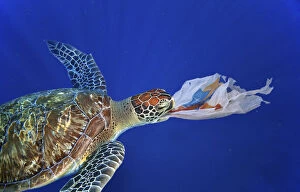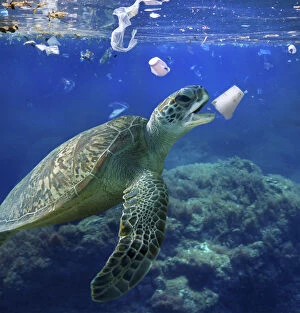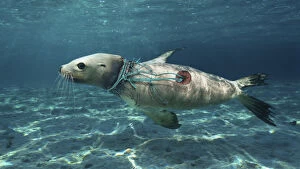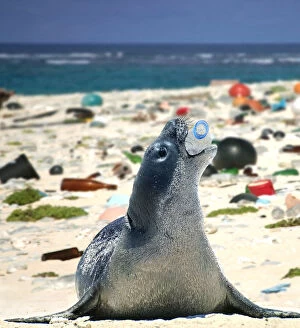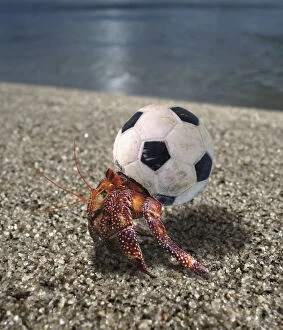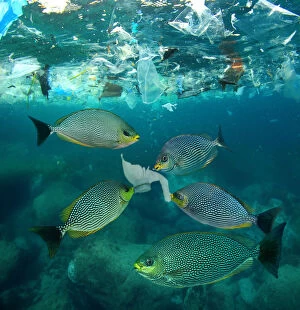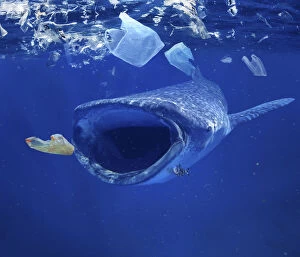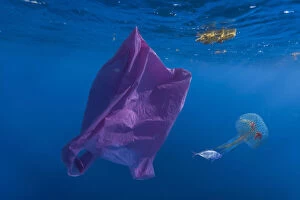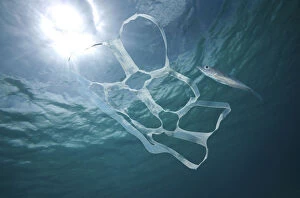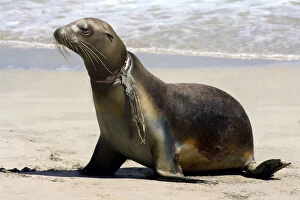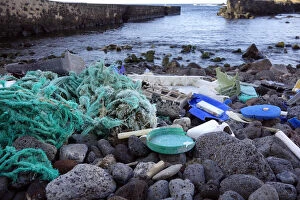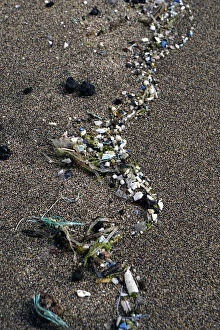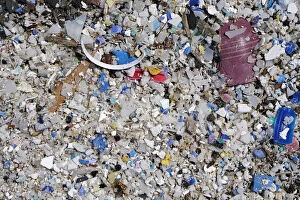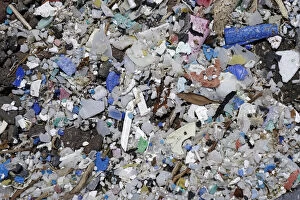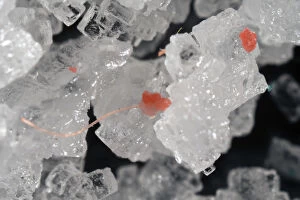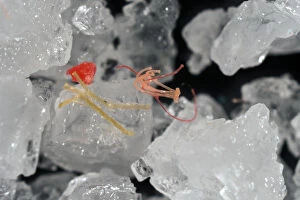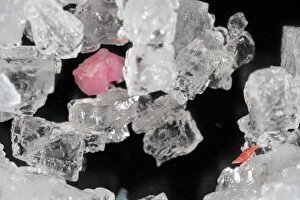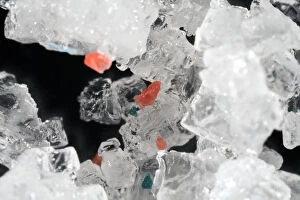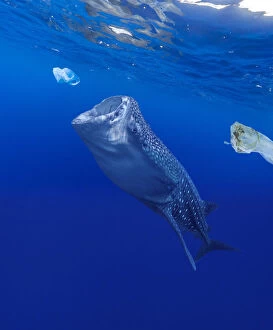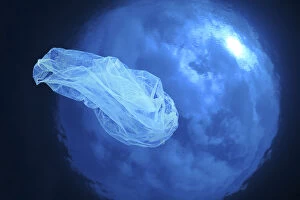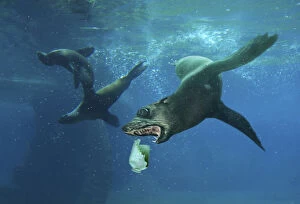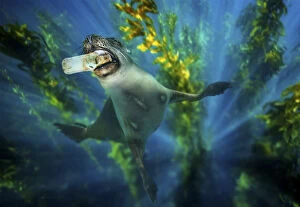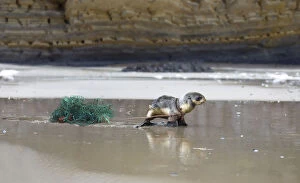Plastic Debris Collection
Plastic Debris: A Silent Threat to Our Oceans Picture No
All Professionally Made to Order for Quick Shipping
Plastic Debris: A Silent Threat to Our Oceans Picture No. 12020769: As the waves crash against the shore, they reveal a disturbing sight - plastic debris scattered across the sand. This image serves as a stark reminder of the detrimental impact our excessive plastic consumption has on our environment. Picture No. 12020767: The once pristine waters now bear witness to an alarming amount of plastic waste floating aimlessly. From single-use bottles to discarded packaging, this picture highlights how our careless actions have turned our oceans into dumping grounds for non-biodegradable materials. Picture No. 12020766: A seagull perched atop a pile showcases the unfortunate reality faced by marine life today. Mistaking these colorful fragments for food, countless animals suffer from ingestion or entanglement, leading to severe consequences for their health and survival. Picture No. 12020758: Amongst tangled fishing nets and broken toys lies a poignant symbol of hope - a lone turtle struggling to break free from its entrapment in discarded plastics. This powerful image urges us all to take responsibility and work towards reducing our reliance on single-use plastics. Picture No. 12020756: An underwater snapshot reveals an eerie scene where coral reefs are suffocated under layers of plastic waste that block sunlight and hinder their growth. These fragile ecosystems teeming with diverse marine life are at risk due to human negligence. Picture No. 12020755: Plastic bags dance in the wind like ghostly apparitions along deserted streets, reminding us that even when disposed properly, these lightweight items can easily escape landfill sites and find their way into waterways through storm drains. Picture No. 12020754: In this heart-wrenching photograph, a sea turtle is captured with its shell covered in barnacles while surrounded by microplastics smaller than your fingernail – evidence that no corner of our oceans is safe from the pervasive reach of plastic pollution. Picture No.

